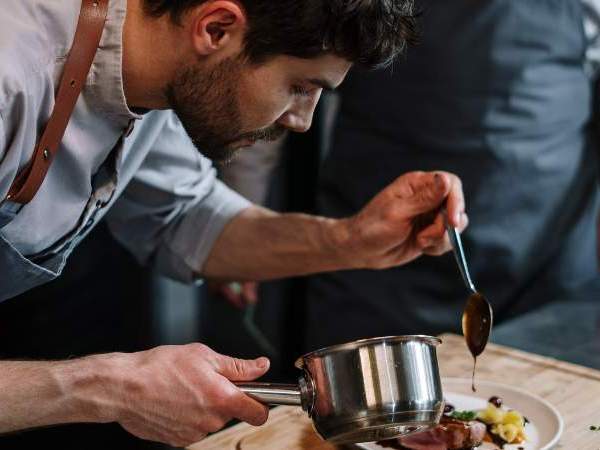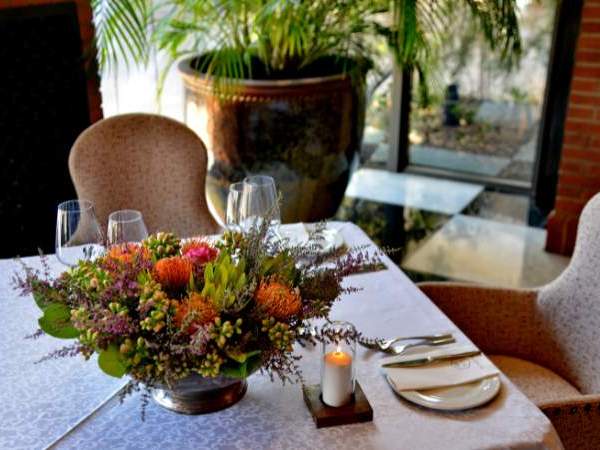News
Chef’s whites and the functionality behind the iconic look
Wednesday, December 22nd, 2021A traditional chef’s uniform or chef’s whites dates back to the 19th century and the creation of the first chef’s uniform can be accredited to acclaimed French chef Marie-Antoine Carême. It is worn by chefs for several reasons, but mostly to maintain food hygiene and for personal protection in the kitchen. White was the chosen colour to signify cleanliness.
Chef’s whites typically include a white hat (a toque blanche), the quintessential white double-breasted jacket, checkered pants, an apron and kitchen-safety shoes.
A hat is worn to prevent hair from falling into the food. Traditionally, the height of the toque was used to signify the rank of the chef – the taller the toque, the higher the ranking of the chef. Modern-day adaptations of the traditional toque call for a simple skull cap, bandanna, disposable food service hat or even hair nets to maintain food-safety standards.
One of the most important items of clothing a chef can own is a chef’s jacket. Not only has it become a bit of a style statement piece with funky and colourful adaptations, but it forms a fundamental part of the uniform with every aspect having been carefully thought out. The jackets are usually double-breasted or reversible, so if a pesky mishap occurs in the kitchen and results in a stain, a chef can simply reverse the flaps (or the whole jacket) and carry on during prep or service without compromising food-hygiene standards. A heavy cotton material is used for breathability, which also helps protect the chef from the heat of stoves and ovens and from the splattering of hot liquids.
In a traditional sense, the buttons on a chef’s jacket can be seen as symbolic (qualified chefs are said to wear black buttons, while students wear white buttons), but they were specifically designed to facilitate a speedy removal in the event of a hot oil or fire emergency.
Chef’s pants are typically loosely fitted to allow for movement and comfort and to protect against accidental spillages. The houndstooth pattern is used to hide stains and dirt to maintain more of a clean, professional look.
The apron adds a final layer of protection for chefs in the kitchen and protects against any accidental spills that may occur in a busy working kitchen.

Last, are comfortable kitchen-safety shoes. The emphasis really is on comfort and safety here because not all kitchen-safety shoes offer much comfort, which is especially disastrous as chefs spend long periods on their feet. It is worth investing in a pair of kitchen-safety shoes that have good traction for moving about, reinforced toes to offer protection, extra padding for good shock absorption, and are lace-free to avoid tripping in a busy environment.
Today we see many adaptations to the traditional uniform, but the functionality remains the same, which is to maintain food hygiene standards and to offer personal protection. If you’re ever looking to gift something to a chef (professional or otherwise), a personalised chef’s jacket or a good pair of comfortable kitchen-safety shoes will never go to waste!












